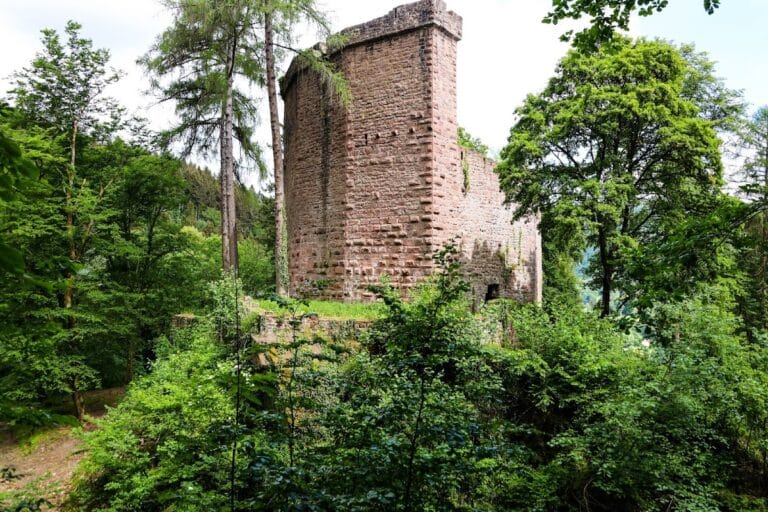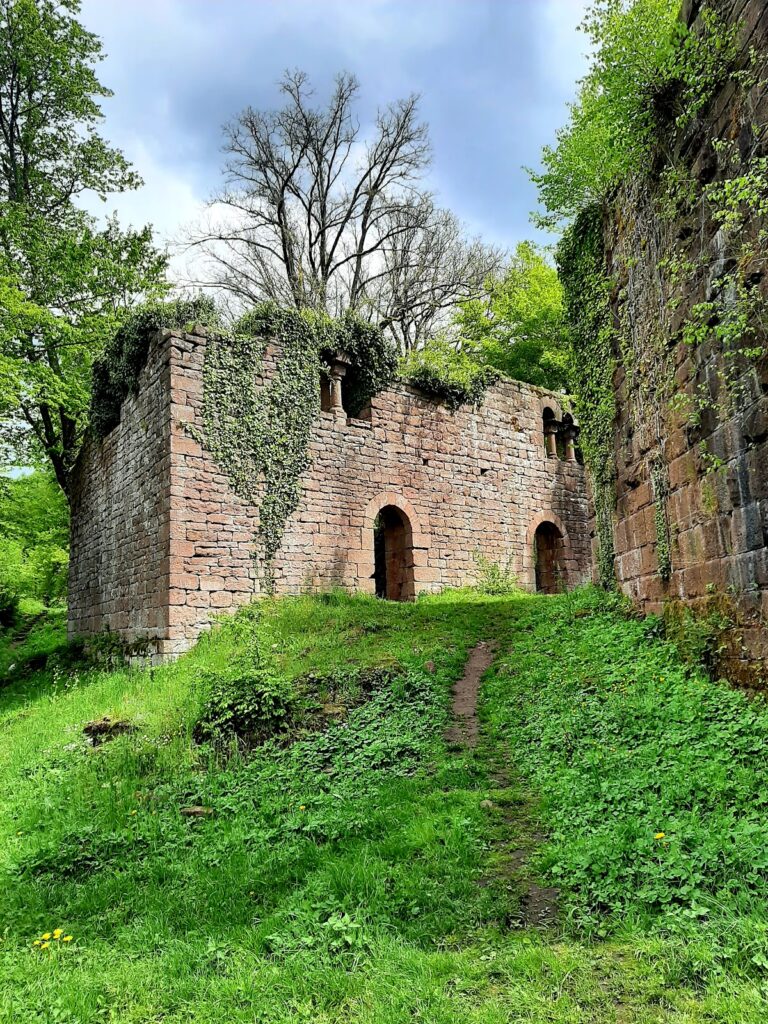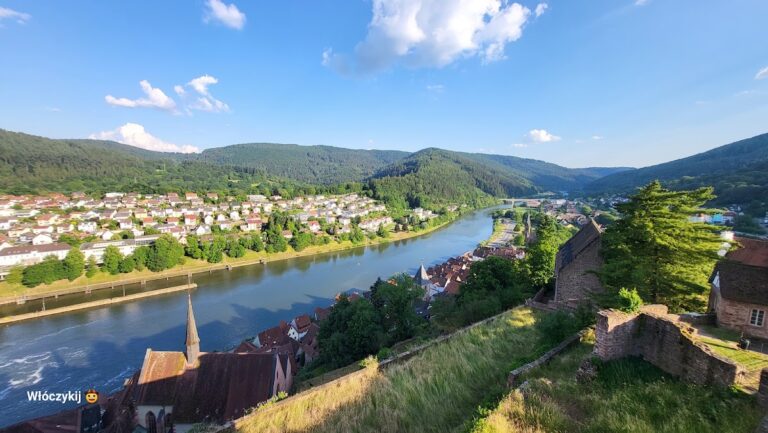Zwingenberg Castle: A Medieval Fortress in Germany
Visitor Information
Google Rating: 4.6
Popularity: Very Low
Google Maps: View on Google Maps
Official Website: www.schloss-zwingenberg.de
Country: Germany
Civilization: Unclassified
Remains: Military
History
Zwingenberg Castle stands within the municipality of Zwingenberg in Germany and was constructed by the medieval Staufer civilization. Its origins date back most likely to the mid-13th century when Wilhelm von Wimpfen, a ministerial servant linked to the Kochendorf family under the Staufer dynasty, established the fortress. While first mentioned in documents in 1326, it was during this early period that Wilhelm’s nephew adopted the name “von Zwingenberg,” signaling the formation of a local noble line associated closely with the castle.
In the following century, the Zwingenberg family earned a notorious reputation as robber knights, conducting unlawful raids from their stronghold. This hostile activity prompted Elector Palatine Ruprecht I to intervene in 1363. Acting on behalf of the emperor, Ruprecht ordered the expulsion of the Zwingenbergs and the castle’s destruction to eliminate its threat. However, this was not the end of the castle’s story.
Forty years later, in 1403, the castle passed to the von Hirschhorn family, who undertook the task of rebuilding the fortress. The von Hirschhorns maintained control until 1632, when their lineage came to an end. Subsequently, ownership transferred through different powers including Kurmainz (the Electorate of Mainz), Kurpfalz (the Electoral Palatinate), and finally the Grand Duchy of Baden, reflecting the shifting political landscape of the region.
A significant moment during the modern era occurred on November 11, 1918, amid the November Revolution in Germany. Friedrich II, the last Grand Duke of Baden, sought refuge in Zwingenberg Castle. From there, he temporarily relinquished his governmental authority, marking the castle as a place of political transition.
Since 1983, the castle has hosted annual open-air opera festivals in the month of August. The events frequently showcase Carl Maria von Weber’s opera “Der Freischütz,” drawing inspiration from the nearby natural formation known as Wolfsschlucht, or Wolf’s Gorge, which lies close to the fortress.
Today, the castle remains under the stewardship of Ludwig, Prince of Baden, born in 1937 and a direct descendant of Grand Duke Karl Friedrich of Baden, maintaining a continuous connection to the region’s historical rulers.
Remains
Perched on a natural spur approximately 50 meters above the Neckar River, Zwingenberg Castle occupies a steep slope in the Odenwald mountains near the protective Wolfsschlucht. This strategic placement categorizes the fortress as a spur castle, designed to take advantage of the terrain where the Wolfschlucht gorge meets the Neckar valley. The natural features provided a strong eastward defense that complemented the castle’s fortifications.
At the heart of the castle lies a spacious courtyard, notable not only for its size but also for its excellent acoustics. This open area, reconstructed by the von Hirschhorn family following earlier destruction, has been adapted over time to accommodate cultural events, reflecting its importance as a gathering space within the castle walls.
On the landscape above Zwingenberg Castle exist the remains of Fürstenstein Castle, indicating that the area held fortified significance beyond the primary fortress. While no detailed architectural measurements or decorative elements are recorded, the castle’s preserved structure embodies the medieval construction style reinforced through successive restorations.
The surviving layout and placement reveal the castle’s original defensive purpose and its integration with the surrounding natural environment. Its continuous use and maintenance through the centuries, including reconstruction after the 1363 demolition, highlight the site’s enduring role in the region’s history.










